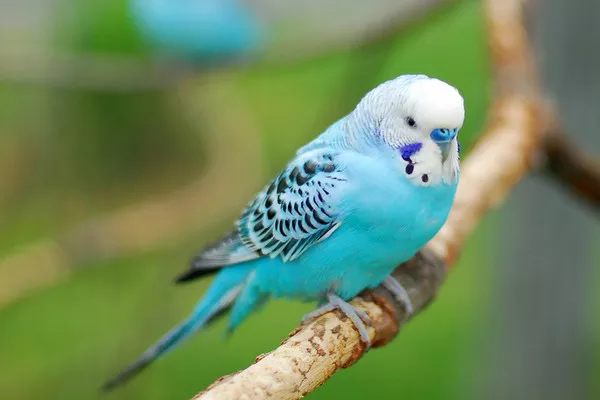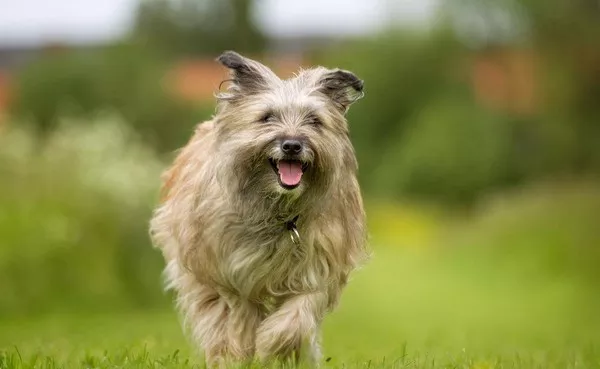The American Shorthair cat is one of the most beloved and versatile cat breeds, known for its friendly temperament, strong build, and low-maintenance coat. Among its many attractive features is its wide range of coat colors and patterns. But one common question many cat lovers have is whether an American Shorthair can be black. This article aims to explore the characteristics of the American Shorthair breed, its coat genetics, and whether a solid black American Shorthair is possible.
The American Shorthair Cat: A Brief Overview
Before diving into the specific question of whether an American Shorthair can be black, let’s first get to know the breed a little better.
The American Shorthair (ASH) is one of the oldest natural cat breeds in the United States, originally brought over by early European settlers. These cats were valued for their ability to control rodent populations on farms, aboard ships, and in homes. Over time, the breed has evolved into the well-rounded, affectionate, and adaptable cats that we know today.
Key Characteristics of the American Shorthair
Size and Build: American Shorthairs are known for their strong, muscular bodies. They are medium to large in size, with males typically weighing between 11 to 15 pounds, while females are slightly smaller.
Temperament: They are friendly, calm, and easygoing. This breed is also known for being affectionate but not overly clingy. They are social animals, but they can also enjoy their independence, making them suitable pets for many types of households.
Coat: The American Shorthair is most famous for its short, dense coat that lies flat against the body. It comes in a wide variety of colors and patterns, ranging from solid colors to tabby stripes and even bicolor and multicolor combinations.
Coat Colors in American Shorthairs
When it comes to American Shorthair cats, the variety of coat colors and patterns is one of the breed’s most remarkable features. These cats can be found in numerous color variations, including:
Solid Colors: These include colors like black, white, blue (gray), cream, and red (orange). Solid-colored American Shorthairs have a uniform coat without any markings.
Tabby Patterns: Tabby is one of the most common patterns found in American Shorthairs. Tabbies can be mackerel, classic, spotted, or ticked. These patterns involve stripes or spots in various arrangements.
Bicolor and Tricolor: Some American Shorthairs are bicolor, meaning they have two colors, often with one being white. Tricolor, or tortoiseshell (tortie) cats, have a mix of three colors, typically black, orange, and white.
Shaded and Smoke: These cats have a coat where the color appears darker at the tips of the fur, giving them a “shaded” look. Smoke cats have lighter fur at the base with darker tips, creating a striking contrast.
Silver and Gold: These are unique variations where the coat has a metallic sheen, typically seen in shaded or tabby patterns.
The Genetics Behind Coat Color in Cats
The color of a cat’s coat is determined by its genetic makeup. Specifically, genes control the production and distribution of pigment in the fur. For example, the agouti gene influences whether a cat has a tabby pattern, while the solid color gene controls whether the cat has a uniform coat. There are also genes that determine whether the cat’s fur will be a specific color, such as black, blue (gray), or cream.
When it comes to black American Shorthairs, understanding how coat color genetics works is key.
Can an American Shorthair Be Black?
The answer to this question is yes, an American Shorthair can be black. In fact, black is one of the accepted coat colors for this breed. However, there are some important details to consider when talking about a black American Shorthair, and it’s worth exploring the genetics of the color more closely.
Black Cats in General
Black cats are a common sight in many cat breeds, and American Shorthairs are no exception. The term “black” in the cat world typically refers to a solid, deep black coat without any other markings or color variations.
The black coat in cats is a result of the presence of a specific pigment called eumelanin, which gives the fur a dark color. The gene that controls this pigment is referred to as the B gene (black color gene). A dominant allele of this gene (B) results in black fur, while a recessive allele (b) leads to a coat that is lighter in color, such as brown, gray, or orange.
The Genetics of Black Coat Color in American Shorthairs
For an American Shorthair to have a black coat, the cat must inherit the black coat color gene (B) from both parents. Here’s how the genetics work:
BB (homozygous dominant): If both parents pass on the dominant black color gene, the kitten will inherit two B alleles and will have a solid black coat.
Bb (heterozygous): If one parent passes on a black gene and the other passes on a recessive gene (b), the kitten will still have a black coat because the dominant allele (B) takes precedence. However, this kitten can pass on the recessive gene to future offspring.
bb (homozygous recessive): If both parents pass on the recessive gene, the kitten will not have a black coat. Instead, it could be another color, such as blue or cream, depending on the other genetic factors involved.
Is a Solid Black American Shorthair Common?
While the solid black American Shorthair is not as common as tabby-patterned or bicolor cats, it is still an accepted variation within the breed standard. Black American Shorthairs can be found, though they are less frequently seen than other colors like silver tabby, which is a signature of the breed.
It’s also important to note that a “solid black” American Shorthair cat must not have any visible markings or other colors. A solid black coat means that there are no stripes, spots, or patches of different colors. Sometimes, black cats may appear to have faint tabby markings, especially as kittens, but these markings typically fade as the cat matures.
Factors That Can Affect the Appearance of Black Cats
Several factors can influence the appearance of a black American Shorthair cat, including genetic mutations and environmental conditions.
1. Sunlight Exposure
Some black cats may develop a slight reddish or brownish hue if exposed to prolonged sunlight. This is often seen in cats with long exposure to UV rays, and while this is not a permanent change, it can make the cat appear slightly less “black” in certain lighting.
2. Age and Coat Texture
The coat of a black American Shorthair may change slightly as the cat ages. Kittens born with black fur may develop lighter shades or more varied coloring in adulthood due to the genetic influence of other genes, such as those that cause the fur to become “shaded” or “smoky” over time.
3. Temperature Sensitivity
A genetic phenomenon known as temperature-sensitive mutations can also affect coat color in some cats, including black American Shorthairs. For example, some cats may have black fur that becomes lighter in warmer environments. This is commonly seen in breeds like the Siamese, but it can also occasionally appear in other breeds.
Black American Shorthair vs. Other Black Cats
Although black American Shorthairs are perfectly possible, they may be confused with other types of black cats. There are several breeds that are known for having black individuals, including:
Bombay: Known for its solid black coat, golden eyes, and sleek appearance, the Bombay is a breed that was specifically developed to resemble a small black panther. While Bombay cats are similar in appearance to black American Shorthairs, they tend to have a more refined, slender build and a shorter, more shiny coat.
Domestic Shorthair: Many non-pedigreed cats, including those of mixed ancestry, can also be solid black. These cats are sometimes mistaken for purebred American Shorthairs, but their genetic background may be more diverse.
Persian Cats: While Persian cats are typically known for their long, flowing coats, there are solid black Persians as well. They have a very different appearance and body structure compared to American Shorthairs, but the solid black color is a shared trait.
Differences Between Black American Shorthair and Black Cats of Other Breeds
The primary difference between black American Shorthairs and other black cats is the breed’s distinctive build, personality, and coat texture. While a black American Shorthair has a muscular, stocky frame and a short, dense coat, other breeds may be more slender or have a longer, fluffier coat. The temperament of American Shorthairs is also quite distinct—generally calm and affectionate, but with a good degree of independence.
Conclusion
Yes, American Shorthairs can be black. The solid black coat is an accepted color variation within the breed, though it is not as commonly seen as other patterns like tabby. Understanding the genetics of coat color, particularly the B gene for black fur, helps explain why a black American Shorthair is possible. The breed’s friendly and adaptable personality, combined with its sturdy build and diverse range of coat colors and patterns, makes the American Shorthair a beloved pet for many households.
Whether you’re considering adopting a black American Shorthair or just fascinated by cat genetics, it’s clear that this breed is full of surprises and charm. Whether black, tabby, or bicolor, the American Shorthair remains one of the most diverse and beloved breeds in the world of felines.
Related Topics:























